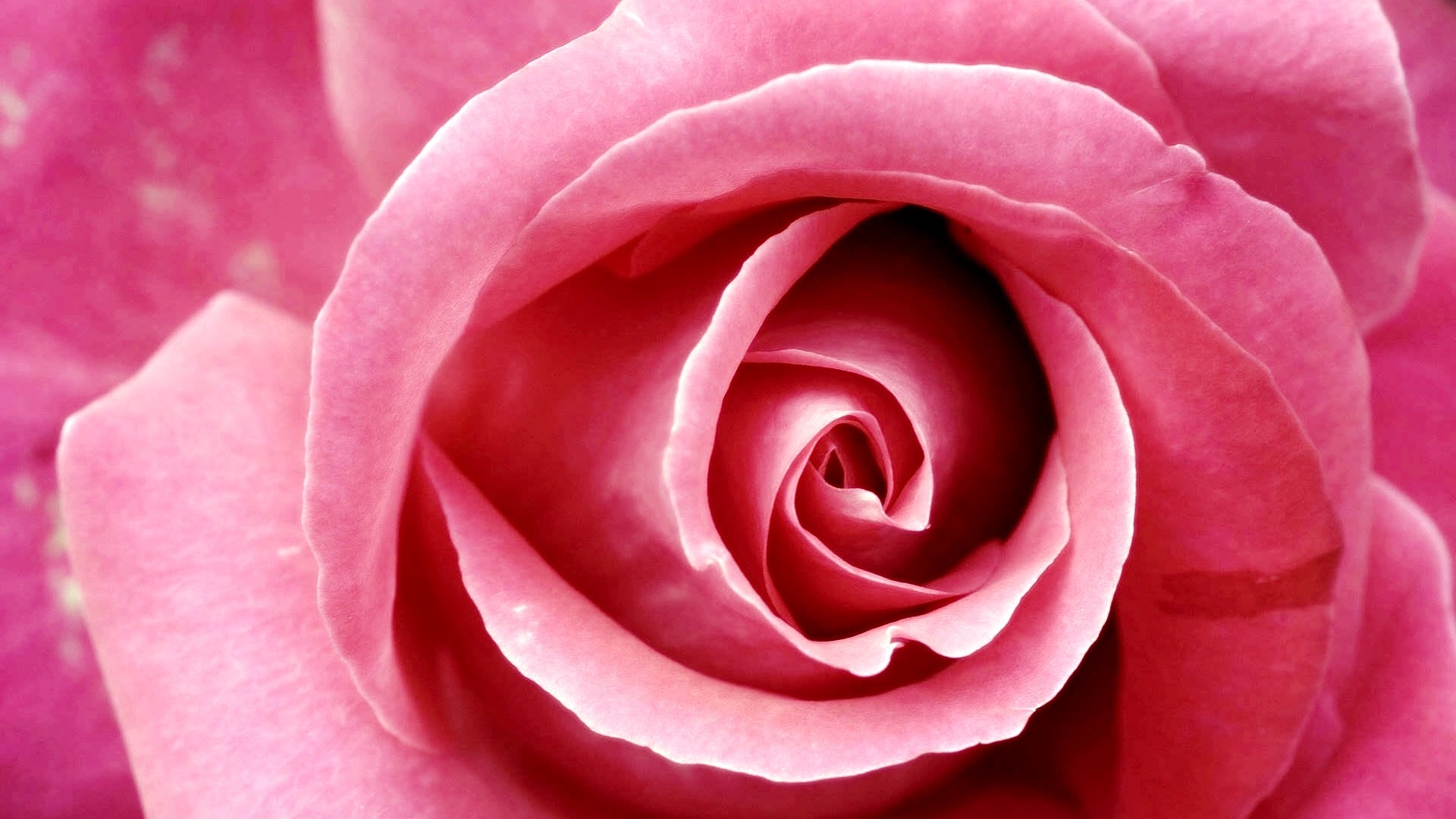Heirloom’s roses can be planted anytime from spring to early fall depending on the weather in your area. In deciding when to plant you need to take into consideration the temperatures in your area. The roses need to be in the ground at least 10 weeks before your first frost in the fall or planted just after your last frost in the spring. They need time to become established before it gets cold and they go dormant. If they do not have enough roots established they will not be able to break dormancy in the spring. Waiting until the ground has warmed up in the spring will ensure that the rose will establish quickly and start to produce the desired growth.
Planting
Begin with a soil test to determine pH and nutrient levels so that corrections can be made if needed. A pH of 6.5 is the point where nitrogen, phosphorous, and potassium (NPK) plus trace minerals are most easily available to your flowers. Arid regions tend to have alkaline soils and regions with heavy rainfall tend to have acidic soils. The single most important factor in growing beautiful, large rose bushes is digging a “BIG HOLE”. It needs to be 2’ x 2’. Plant roots tend to stay inside the holes that they are planted in. By digging a “BIG HOLE” the roots have room to spread. The more area the roots cover, the better the rose can absorb water and nutrients providing the desired top growth.
Once the “BIG HOLE” is dug, you want to prepare the soil. Mix about 1/3 peat moss with soil from the top 2/3 of the hole; discard the soil from the bottom of the hole as it is normally not as fertile as the top. You might put one cup of bone meal into the mixture also. Then place well-rotted cow or horse manure in the bottom 6” of the hole. It will provide food for the rose when the roots reach it after the first growing season. Manure and some compost can be hot so by putting it only in the bottom of the hole will prevent burning the fine hairy feeder roots. Fill the hole with enough soil mixture so the soil will sit 1” lower than the level of the surrounding area. Squeeze the pot to loosen the plant, place one hand over the surface and turn upside down, catching the rose as it slides from the pot. Set the plant in place. Fill the area around the rose with remaining soil mixture and water in well. Using a bagged potting mix with fertilizer added to it could burn or stunt the young root development.
“The rose is fairest when ’tis budding new, And hope is brightest when it dawns from fears.” ~ Sir Walter Scott
Watering
Newly planted roses want to be watered 2-3 times a week until established. Afterwards, you want to give them a good deep watering (2”) once a week or if extremely warm in your area, twice a week. Watering at the base of the plants helps to keep the foliage dry and resist diseases. Well-watered roses are more disease resistant as water deprivation stresses the plant and makes it more susceptible to disease and pests. It is important to water well before and after feeding or treating with anything. Watering at the base of the plants helps keep the foliage dry and resist disease. If that is not an option, water early in the day making sure the rose has time to dry out before night fall.
Fertilizing
Because of their age, Heirloom’s roses need to be fertilized the first season with a water soluble type fertilizer. Roses are heavy feeders and a granular fertilizer has the potential of burning the fine hairy feeder roots they have at this stage of growth. The second season a granular type fertilizer can be used. Some water soluble fertilizers on the market are Alaska Fish Fertilizer™, Peter’s™, Miracle-Gro™ or Neptunes Harvest’ and can be used every 2 to 4 weeks. A healthy own-root rose will reward you with beautiful blooms for many years to come.









